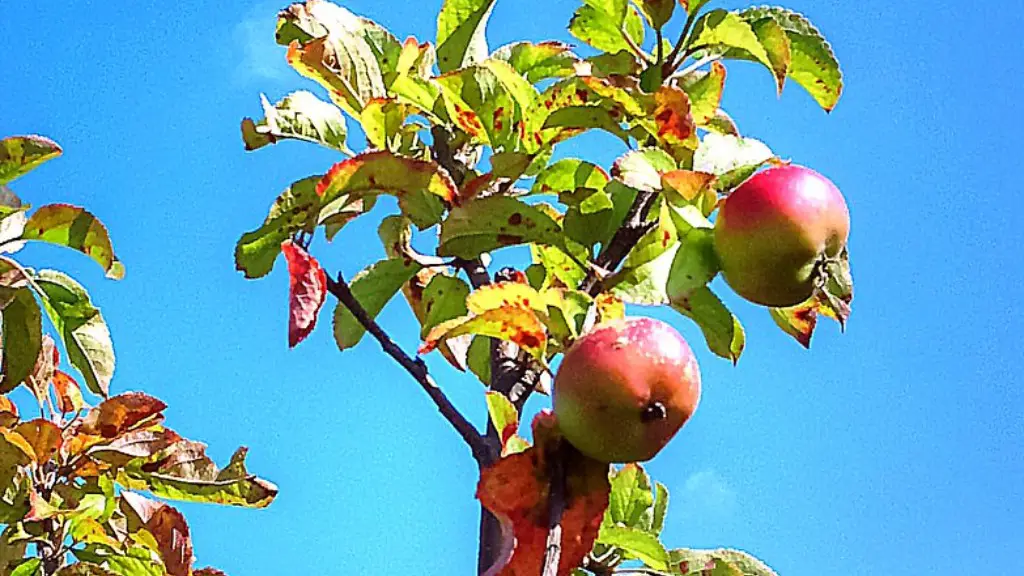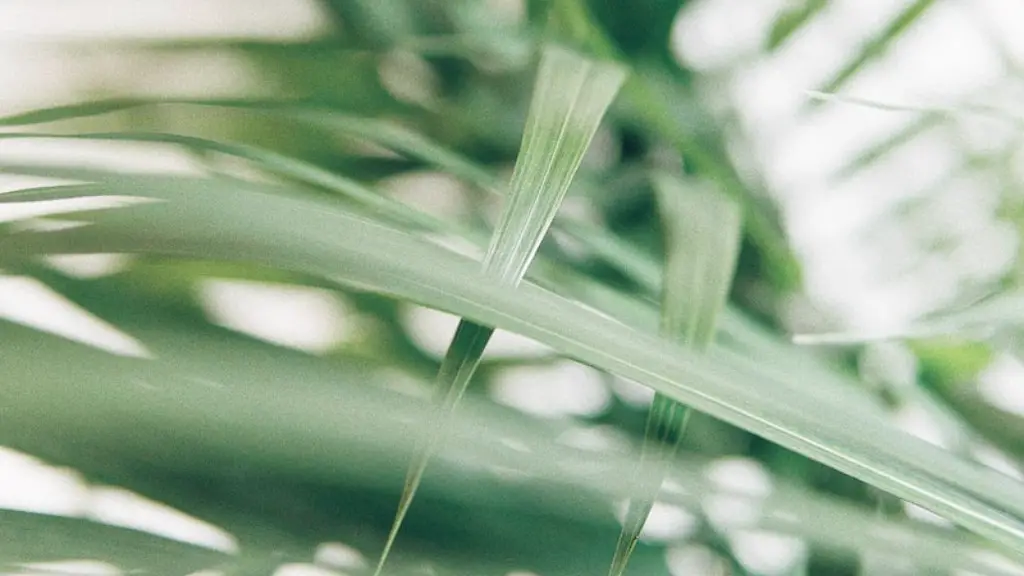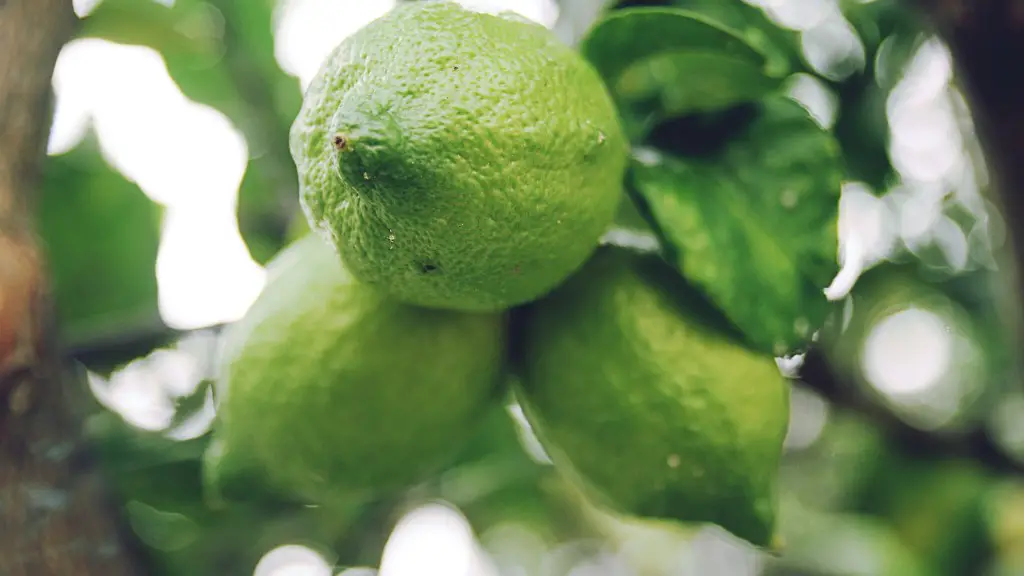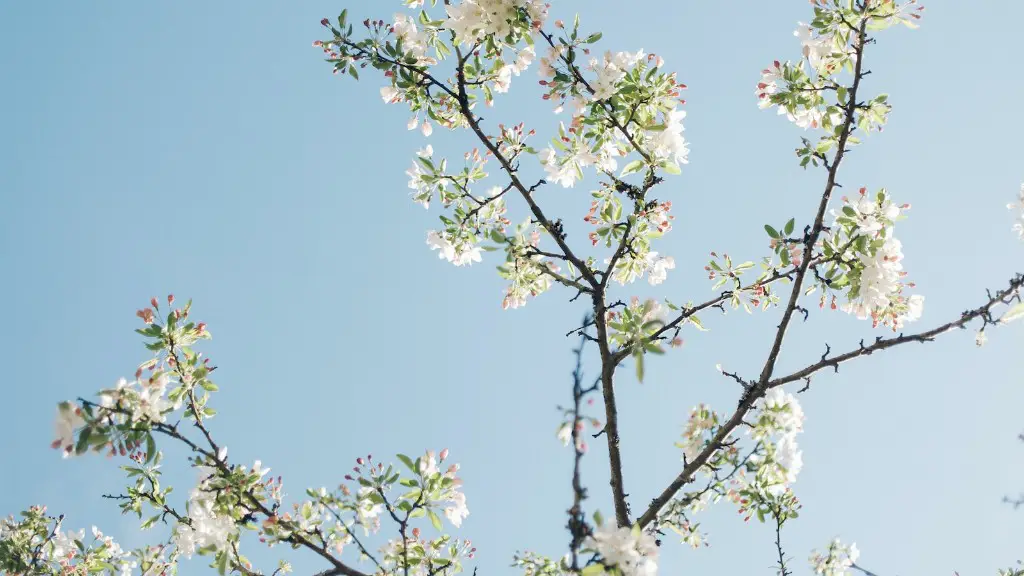In this article, we will discuss how to grow lemon trees in pots. Lemons are a popular citrus fruit that is used in a variety of dishes and drinks. They are also a beautiful addition to any home as a potted plant. While growing lemon trees in pots is not difficult, there are a few things to keep in mind in order to ensure success. With a little care and attention, you can enjoy fresh lemons from your very own potted lemon tree!
According to most gardening guides, lemon trees are best suited for grows in pots. This is primarily because they do not like having their roots disturbed and also because they are very susceptible to frost damage. When growing lemon trees in pots, make sure to use a well-draining potting mix and a pot that is large enough to accommodate the tree’s root ball. Be sure to water the tree regularly, as lemon trees in pots are more susceptible to drought stress than those in the ground. Fertilize the tree every month during the growing season with a fertilizer that is high in nitrogen.
Do lemon trees do well in pots?
Lemon trees are a great addition to any home, and they can be grown indoors quite easily. During the fall and winter months, when the weather is cooler, a potted lemon tree is a great way to keep the plant alive and healthy. Since these trees are self-pollinating, only one is needed to produce fruit.
When choosing a container for your citrus tree, it is important to consider the size of the tree. For small trees, a 12-inch-diameter container is perfect. For mature trees, you will need a pot that is double the width and at least 18 to 24 inches deep. This will give the roots room to grow and prevent the tree from becoming top-heavy.
How do you maintain a lemon tree in a pot
Caring for potted lemon trees is not difficult, but there are a few things to keep in mind. First, the soil should be kept moist but not allowed to dry out completely. Second, lemon trees prefer to have consistent, regular watering. Third, fertilize your lemon trees regularly. Fourth, don’t forget about pollination. And finally, overwinter your lemon tree inside if possible.
Some of the best lemon tree varieties for growing in pots include the Meyer lemon, Dwarf Eureka lemon, and Lisbon lemon. All of these varieties are dwarf varieties, which means they will stay smaller in size and will produce fruits more quickly than trees grown from seeds.
Do lemon trees need full sun?
Lemon trees are a great low-maintenance plant and can grow perfectly even within your house! As a citrus variety, lemon trees require full sun, which means about 6 to 8 hours of direct sunlight daily. For indoor growth, simply place them in front of a south-facing or sunny window.
Lemon trees need a lot of light to produce fruit, so the optimal place for them is in a south-facing window. If you don’t have enough light, you can supplement with a grow light.
How often do I need to water a lemon tree in a pot?
Water your Meyer Lemon Tree every one to two weeks, checking the soil once a week. If the soil feels dry to the touch 2 inches below the surface, it’s time to water. Slowly pour water into the pot and count to 20, or wait until you see water running out of the bottom of the pot.
Lemon trees are usually long-lived, with many lasting 30 to 50 years. However, potted lemon trees kept indoors often have shorter lifespans than those planted outdoors in the ground. Under optimal conditions, lemon trees can even live over 100 years.
How long do potted lemon trees last
Lemon trees have a life cycle of about 50 years. However, with proper care and disease prevention practices, these trees can live over 100 years. However, diseases can shorten the life of these trees and good care leads to stronger and healthier trees that are less susceptible to diseases.
Lesions on leaves are one of the seven problems of lemon trees. Citrus canker is a bacterial disease that causes These black moldy spots. Sooty mold is a fungus that looks like black mold and can be caused by aphids. Fuzzy gray mold and brown spots are caused by botrytis blight. Tan spots with dark outlines are caused by anthracnose. Brown scabs are caused by lemon scab.
Can I put coffee grounds in my potted lemon tree?
Coffee grounds can be beneficial to lemon trees when added to the soil in several ways. The grounds can help improve the acidity of the soil, which is important for lemon trees. The grounds can also provide additional nutrients to the soil, such as nitrogen and magnesium.
Check that the pots have good drainage. Fill the bottom of the pot with gravel, then top up with potting mix. Add a slow-release fertilizer to the potting mix.
Choose a sunny spot for the pots. Place them where they will get at least six hours of sun a day.
Water the plants when the soil feels dry to the touch. In summer, you may need to water them every week. Use rainwater if possible.
Feed the plants weekly with a liquid seaweed fertilizer.
How cold is too cold for a potted lemon tree
Lemon, lime, and citron trees are the least cold tolerant. They will suffer damage when temperatures drop below 25ºF. Early ripening varieties can be planted so the fruit may be harvested before cold weather arrives.
This Meyer Lemon Tree is approximately 2-3 feet tall and is a great choice for those looking for a smaller citrus tree. This tree is disease-resistant and easy-to-care-for, making it a great option for those who want to add a little bit of citrus to their home without a lot of hassle. This tree produces fragrant and juicy lemons that are perfect for use in cooking or for making homemade lemonade.
What month do lemon trees bloom?
Lemon trees are a beautiful addition to any home, and they can provide an abundance of fresh lemons for cooking and baking. If your lemon tree is not blooming, there are a few things you can do to encourage the blossoms to form. First, make sure the tree is getting enough sunlight. Lemon trees need at least 6 hours of direct sunlight each day. If the tree is getting too much shade, the blooms will be fewer and smaller. Second, ensure the tree is getting enough water. Lemon trees like to be kept moist, but not soggy. Allow the top inch of soil to dry out between watering. Lastly, feed the tree with a citrus fertilizer every month or two. With some TLC, your lemon tree will be blooming in no time!
A newly potted lemon tree needs to be watered well every alternate day for the first few weeks. Deep watering is essential so that the root ball gets the necessary hydration. Once the plant is somewhat established, watering can be tapered to twice a week and then once a week or so.
Do lemon trees grow better inside or outside
If you have a lemon tree that you keep indoors, you may want to consider giving it an outdoor vacation during the warmer months. Once the danger of spring frost has passed, gradually acclimate the tree to the outdoors. The extra sunlight will be good for it and will result in more fruit. Before fall frost comes, be sure to move the tree back inside.
Lemon trees are heat-loving plants and will thrive in a climate with temperatures ranging between 70-100 degrees. However, once temperatures rise above 103 degrees, the lemon tree will stop growing orphotosynthesizing, causing it to go somewhat dormant. If the heat lasts for very long, it can cause the tree to drop fruit.
Conclusion
To grow a lemon tree in a pot, you will need to start with a young tree that has been grown in a pot. You can purchase a lemon tree from a nursery or online. Once you have your tree, choose a pot that is at least 18 inches wide and has drainage holes in the bottom. Fill the pot with a high-quality potting mix and water the tree well. Place the pot in an area that receives full sun for at least 6 hours per day. Water the tree when the top inch of soil feels dry. Fertilize the tree monthly with a citrus fertilizer.
The best way to grow a lemon tree in a pot is to start with a dwarf lemon tree. These trees are smaller and will do better in a pot than a full-sized lemon tree. Be sure to use a pot that is at least 18 inches wide and has drainage holes in the bottom. Fill the pot with a good quality potting mix and water the tree regularly. fertilize the tree every few months with a lemon tree fertilizer. Place the tree in a sunny spot, and you should have a healthy lemon tree in no time.





